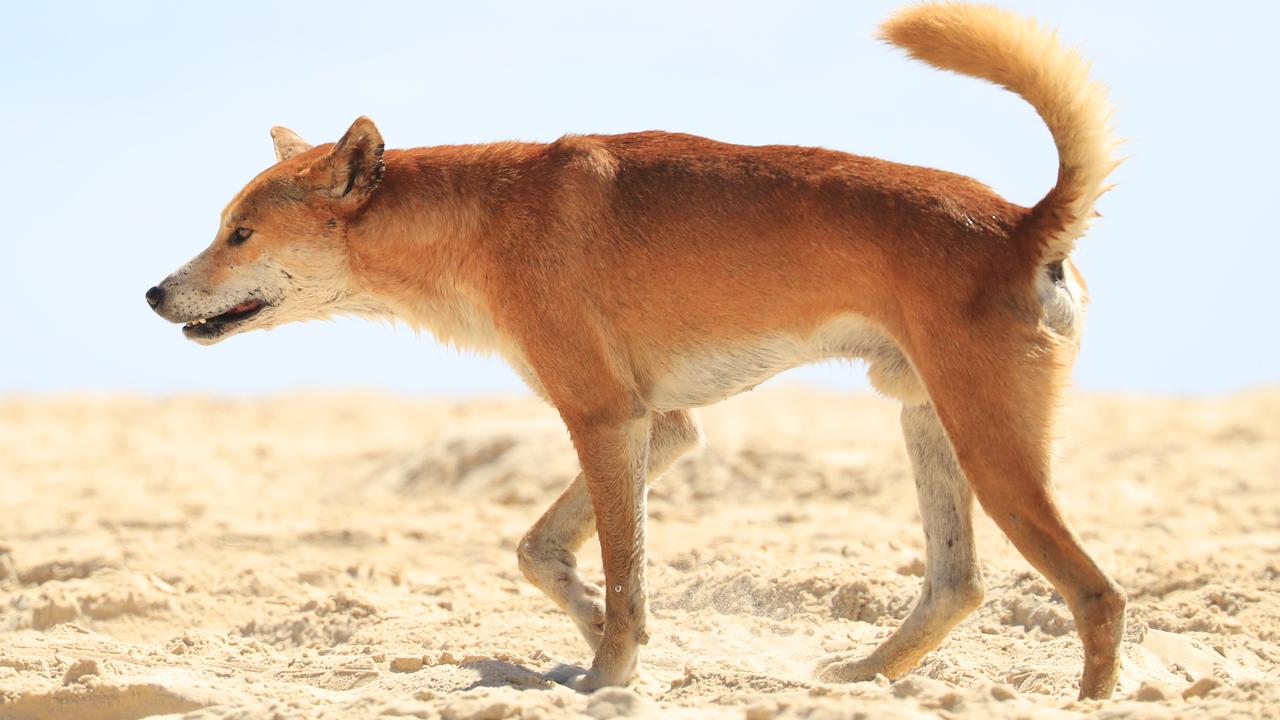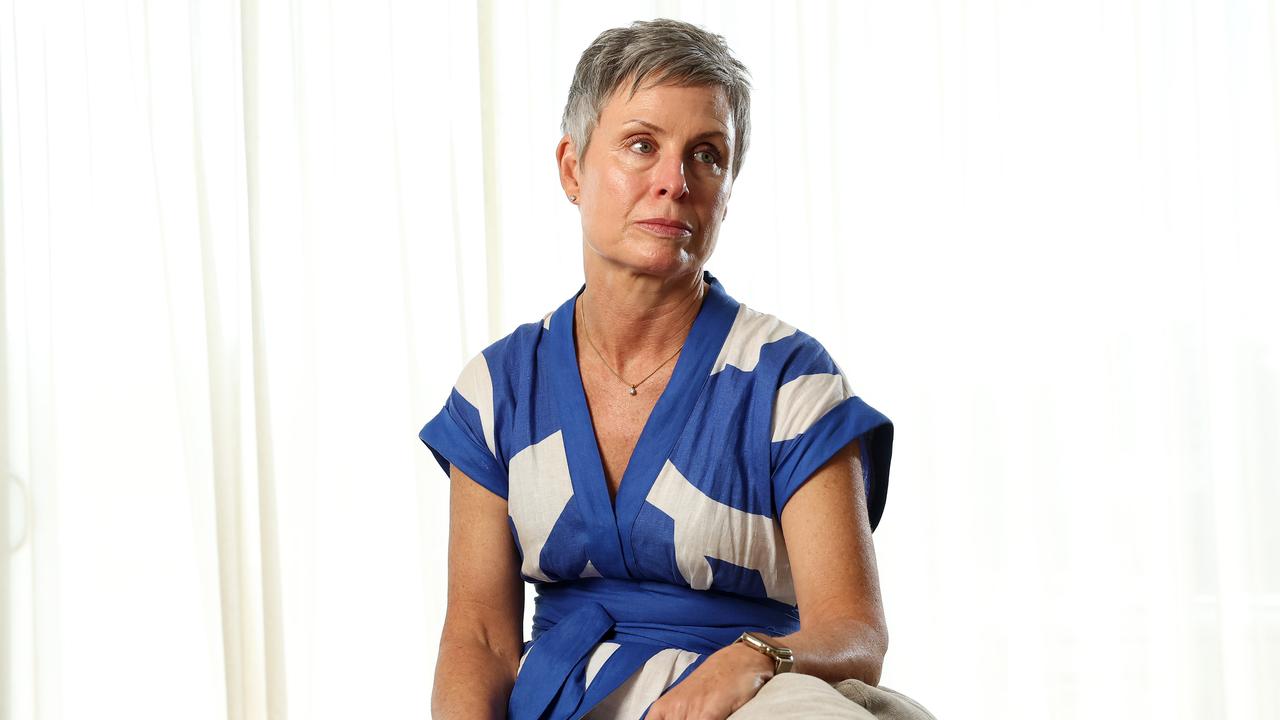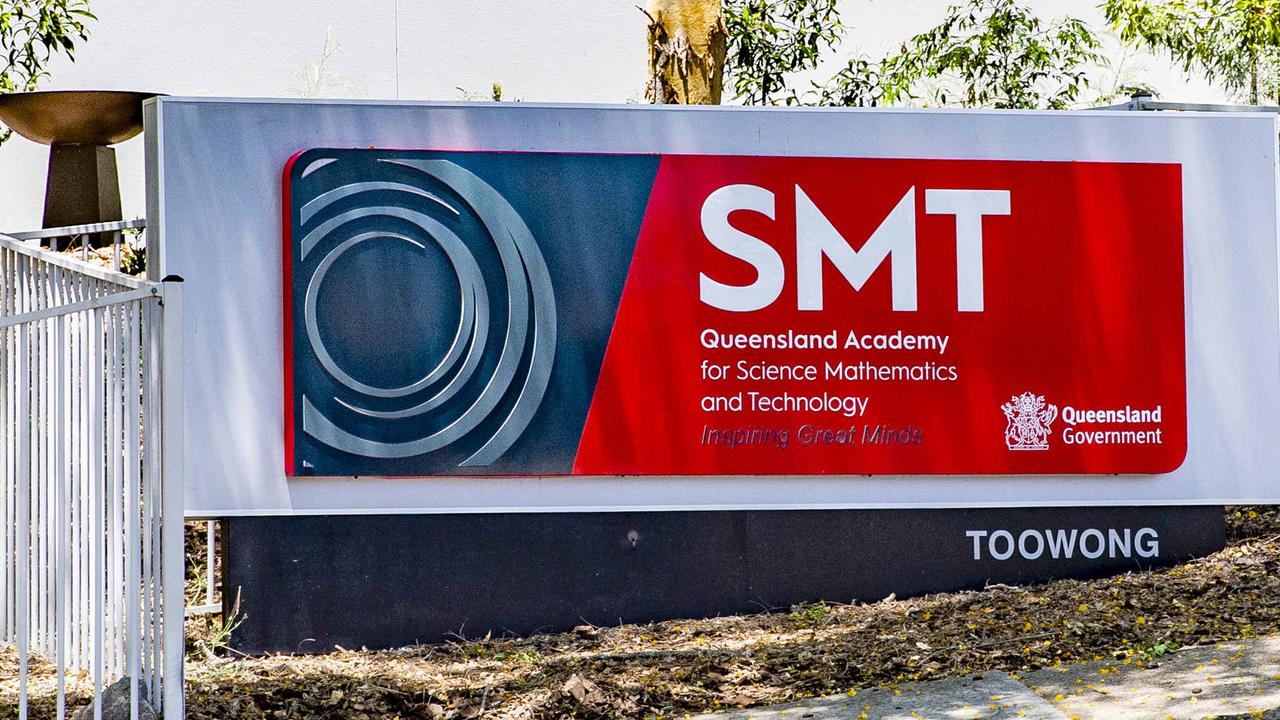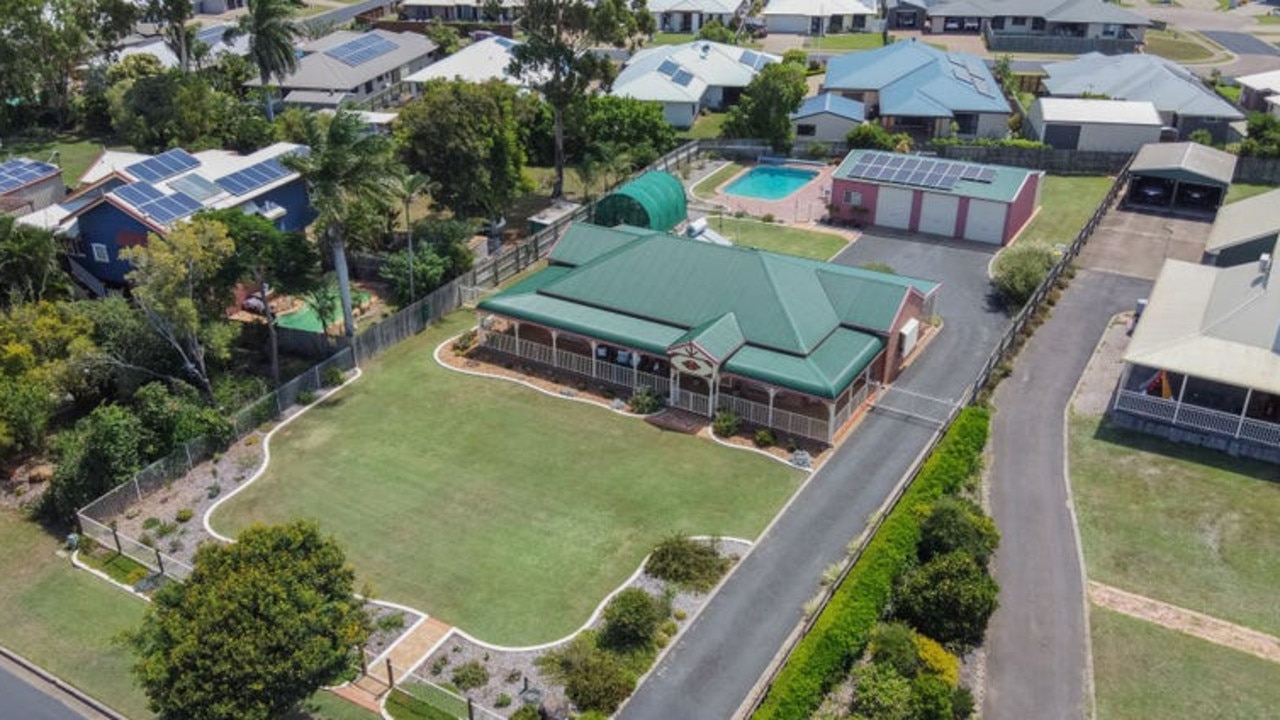Cedric Robillot on futuristic science to save the Great Barrier Reef
A marine scientist has given insights into the futuristic technology being used to save the Great Barrier Reef, as coral bleaching is logged in local waters on a scale never before seen.
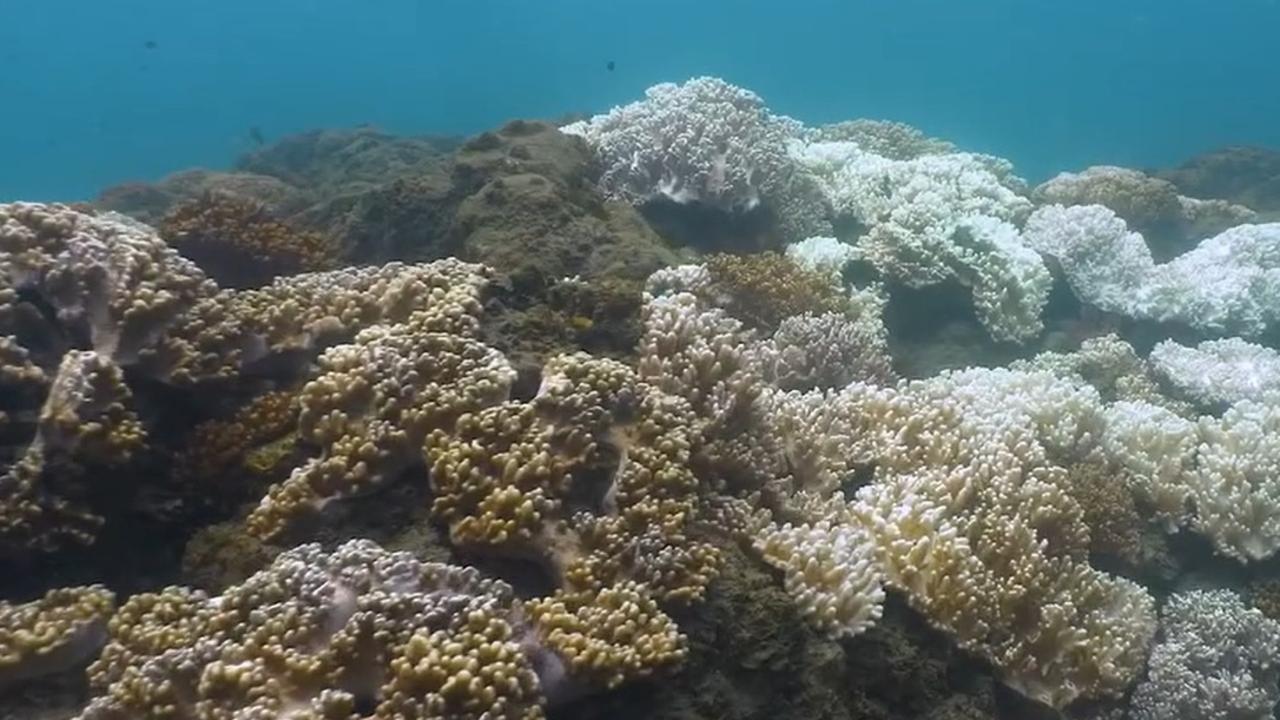
Bundaberg
Don't miss out on the headlines from Bundaberg. Followed categories will be added to My News.
A marine scientist has shared some of the futuristic technology being used to save and nurture the Great Barrier Reef, supported by an unlikely backer - cosmetics company L’Oreal.
In recent months, coral bleaching was detected at the southernmost tip of the Great Barrier Reef, sparking major concerns among marine biologists, scientists and reef lovers across Queensland and the world.
The Queensland Parks and Wildlife Service confirmed coral bleaching had begun to spread down the coast to inshore locations in the Capricorn Bunker, Point Vernon in Hervey Bay and Coral Cove near Bundaberg.
Heron Island Research Station manager and Coral Reef ecologist Dr Stuart Kininmonth said his team first noticed the coral bleaching in late January 2024, claiming a warming eddy of previously cool water was impacting the health of the reef.
“The critical thing is a lot of the bleaching that has happened in the last five to 10 years hasn’t affected the Capricorn Bunker group, as a result the coral in this part of the world is exceptional, it’s the jewel in the crown for the Great Barrier Reef,” he said.
Reef stakeholders have been working hard to ensure the longevity of the reef and Executive Director of the Reef Restoration and Adaptation Program, Cedric Robillot, spoke on the futuristic science being put to work.
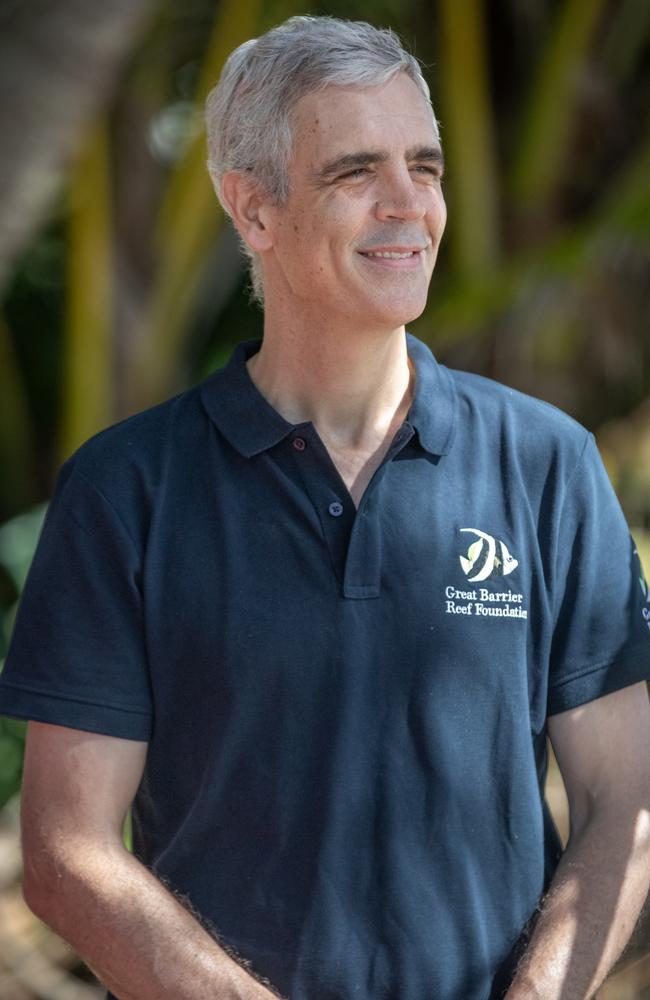
Working with the L’Oreal Groupe in partnership with the Great Barrier Reef Foundation initiative – of which they are a major funder – Dr Robillot and his team have implemented a number of strategies including the mass release of propagated coral reef spawn and cryopreserving more than a trillion coral sperm ready for future natural disasters.
“Our program is focusing on three areas of protection: assisted recovery where there has been an event which damages the reef, adaptation and protection,” he said.
Dr Robillot said efforts with “fogging” and “cloud brightening” were playing a part in reducing water temperatures.
“Essentially, we are trying to either create a fog over the surface of the water or change the properties of the clouds slightly by spraying seawater into them to make the clouds more reflective and reduce the amount of light going into the system,” he said.
While the mass deployment of such technology is still five to 10 years away, with “significant energy consumption and technology hurdles” to be overcome, Dr Robillot said the core of his team’s efforts, was to ensure the biodiversity of the reef.
“We have developed a production capacity in an aquarium where we take corals from the wild, we select them, ideally finding the ones which have the best chance of resisting rising temperatures,” he said.
“We bring them into the aquarium, we reproduce them and we grow them in the hundreds of thousands and millions and we deploy them in the environment without using divers.”
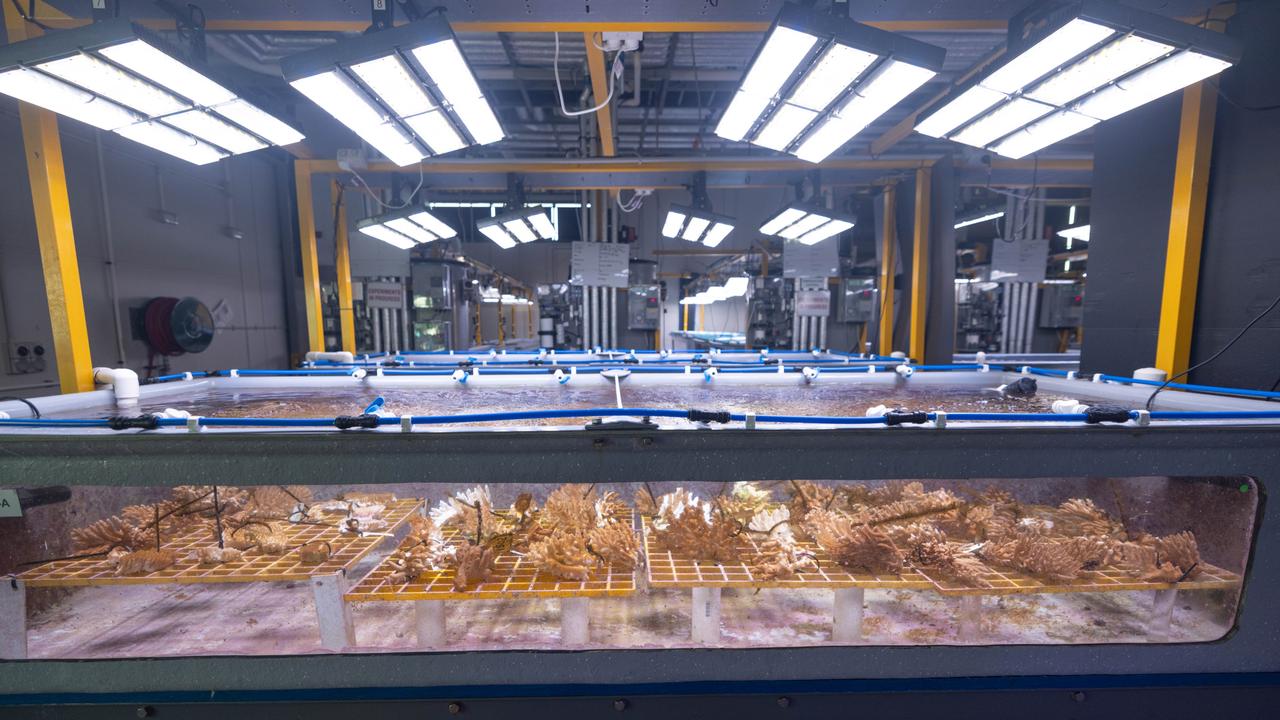
Dr Robillot said while such efforts could drastically improve the production rate of coral spawn it could not tackle the main issue - climate change.
“We are acknowledging there are very few – if any – solutions out there that can be deployed to either prevent bleaching or assist with recovery,” he said.
“None of the technologies available to date deal with the long term challenge that is posed by rising temperatures, the marine heatwaves and the bleaching that comes with it.”
Sustainability Manager for L’Oreal Groupe, Olivia Whitaker, said the desire to partner with reef advocates such as Dr Robillot and his team supported the environmental regenerative work the major cosmetics company did.
Under the company’s Fund for Nature initiative, Ms Whitaker works with environmental stakeholders to determine which avenues need funding quickly to support their regenerative efforts, with the Great Barrier Reef being an iconic global monument in desperate need of support.
“It’s all about showcasing the beauty of the reef to the world, which is our purpose, the purpose of the L’Oreal group is to create beauty that moves the world,” she said.
“What better way to do that than joining forces with the teams that protect one of the most beautiful landmarks in the world and helping to restore and protect the reef.”
More Coverage
Originally published as Cedric Robillot on futuristic science to save the Great Barrier Reef




